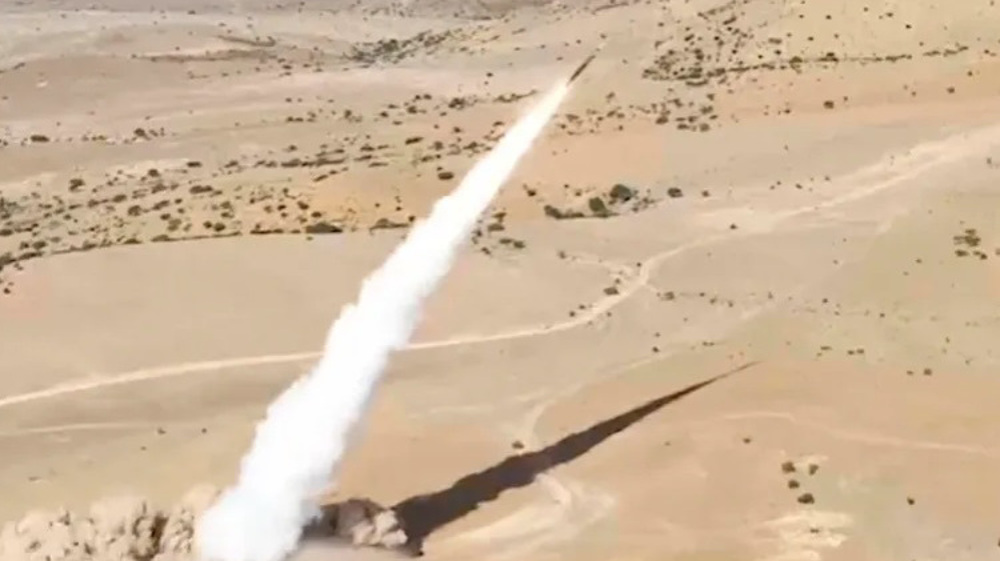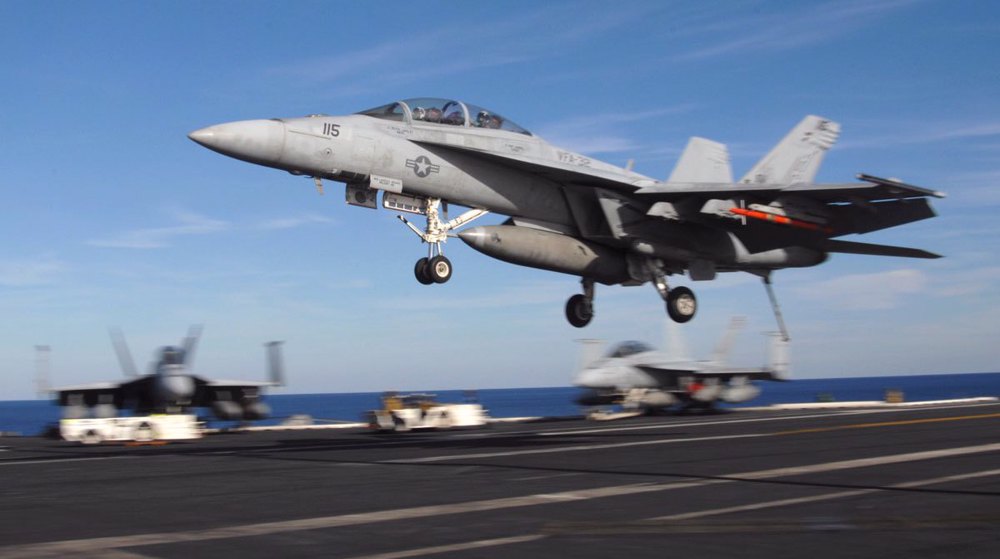Over $700 million wasted on dysfunctional mine-hunting system: Report
The Pentagon has spent over $700 million on a mine-hunting system that has failed to meet US Navy performance standards 16 years after it was first developed.
The Remote Mine-hunting System (RMS) project began in the late 1990s, and was meant to provide the Navy with a safe way to navigate minefields.
The RMS is dropped off a ship so it can scan the area and send information of hazards back to ships in real-time, helping the parent ship to annihilate the seaborne mines.
However, 16 years of time and $700 million worth of money has been misspent due to mismanagement, said the report titled “America’s Most Wasted,” presented to the Senate Armed Service Committee this week.
Senator John McCain denounced the RMS project as “the epitome of wasteful acquisitions and spending.”
A test in 2007 revealed that the RMS could not be even mounted aboard destroyers for test purposes because of its noted unreliability and abysmal performance. This unreliability followed the RMS into 2008, when the Navy opted for assessments “on paper” in lieu of actual functional tests.
According to the new report, the device still doesn’t function as it should. In 2013, the towed sonar on the device could not detect certain mines, and falsely identified other objects as mines. Plus, the system still has issues communicating back to the ship when it’s out of certain ranges and the sonar cannot quickly or consistently detect mines.
The report cites an August 2015 memo from the director of the Pentagon’s Operation Test and Evaluation Office to the Under Secretary of Defense for Acquisition as saying there is “no performance data to date to suggest that the [RMS] will eventually achieve [its] requirements.”
Pakistani military conducts airstrikes on militant hideouts in eastern Afghanistan
VIDEO | Displaced settlers frustrated
VIDEO | Christmas: Time for peace
Turkey will bury Syria’s Kurdish militia if they fail to disarm: Erdogan
VIDEO | Christmas in Syria: Hope amidst uncertainty
Israel attacks eastern Lebanon for first time since ceasefire
‘Christ under rubble’: Christians in Gaza mark another Christmas amid genocide
Iran’s president extends condolences to Azerbaijan’s Aliyev over plane crash










 This makes it easy to access the Press TV website
This makes it easy to access the Press TV website